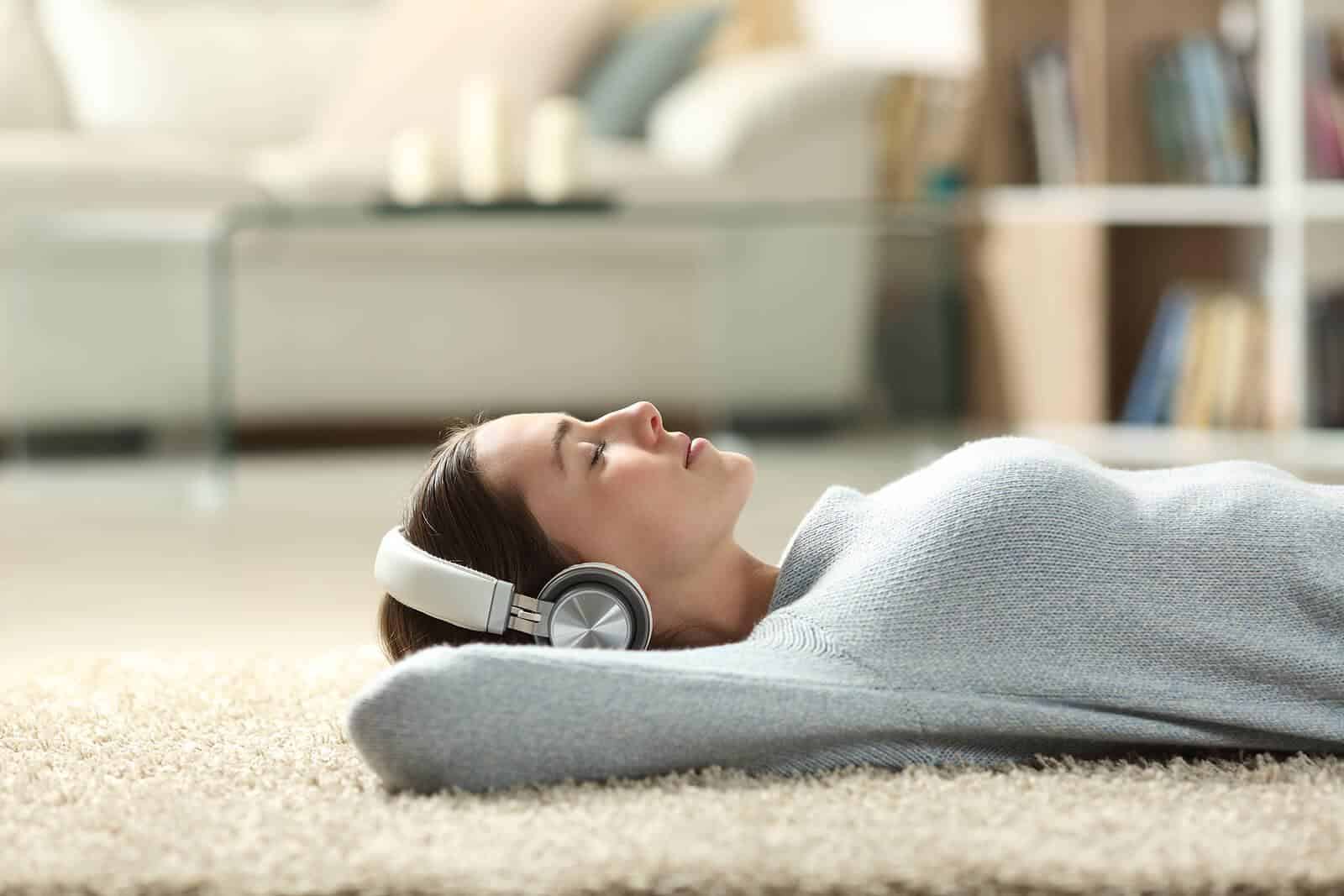
- How Spending Time Outdoors Enhances Hearing Health - July 16, 2024
- Exploring the Impact of Sports on Hearing Health - July 3, 2024
- The Impact of Diet on Hearing Loss - June 28, 2024
Since the invention of the Sony Walkman in 1979, the way we hear music has been changed forever. The beauty of this technology in this modern world is that it gives us a place to listen to what we want to hear without inconveniencing others. It has fed into a culture of individualism which allows you to personalize your listening experiences in all sorts of public spaces from busy cafes, public transportation, at the gym and while moving anywhere out in the world. Their portability is certainly part of the draw for a culture constantly on the go. Since the popularity of the iPod in the mid 2000’s headphone use increased by an exponential rate. Along with the use of earbuds, which fit directly into your ear canal, these lightweight devices unfortunately also brought a significant problem for a younger generation.
Noise Induced Hearing Loss and Headphones
While the human ear can withstand sounds below a safe listening threshold, beyond that we start to put our ears at risk for noise induced hearing loss. When sounds cross this threshold for too long and the sound waves create vibrations so severe that they cause tiny and essential hairlike cells, we use them for the transfer of sound to the brain, to shatter against the cell membrane which holds them. When this happens permanent damage occurs, diminishing the level of sound which can transfer from the ears to the brain.
The loudness of sound emanated by headphones is measured in decibels and anything above 85 dBA for eight hours or more, is loud enough to cause lifelong damage. However, as the decibels rise, the time it takes for damage to occur becomes shorter very quickly. In fact, for every increase of three decibels past the safe listening threshold cuts the exposure time in half. At 88 dBA, it only takes four hours to cause hearing damage and at 91 damage occurs in around 2 hours of consistent listening. However, headphones have the power to reach volumes as high as 110 dBA—loud enough to cause damage in minutes. Today with the seemingly endless supply of streaming media, people are listening to music, movies, and podcasts for longer than ever before without giving their ears a break. We are not saying that you shouldn’t listen to headphones, but rather that it is important to understand their risk. The good news is that we have some tips to help you listen to headphones safely.
Choose headphones over earbuds
The popularity of the earbud has come in part because they are lightweight and portable. They can fit in a tiny container and go with you anywhere. However, there is a risk to something which fits into your ear canal verses over the ear. When the earbud fits into the ear canal it increases the sound pressure level and subsequently increases the volume of the sound.
Lower your volume
The Center for Disease Control and Prevention (CDC) reports that when a personal listening device is at its maximum volume level, hearing loss can occur in less than five minutes! However, you may not have to listen as loud as you think you do. Sure, it’s amazing to hear music at high volumes to feel its immersive effect. However, the long-term effects are more serious than many first understand. This is an issue especially for a younger generation that may not understand the impact of their behaviors on the quality of their life down the road. Hearing loss impacts not only communication, but the quality of relationships, mood, cognitive function, balance and so much more. Ideally you should set the volume at no higher than 60 percent of the potential volume of your listening device to ensure a safe level every time.
Limit your time
In addition to turning down the level, it’s important to consider the exposure time. You can listen to 85 dBA for an hour without damage. It’s only after 8 hours that it becomes an issue. Every hour, play it safe and give your ears a break!
Invest in noise-canceling headphones
This amazing technology is becoming more widely available. In busy settings where headphones are generally used it is tempting to continue to turn up the volume to block out distracting sounds. However, noise canceling headphones do this for you by reading the ambient sounds in your environment and actively sending an inverted signal. This amazingly cancels the sound allowing you to listen to headphones at a safe level.
Hearing loss is a permanent condition, but it can be treated. To find out more, schedule a hearing exam with us today!
